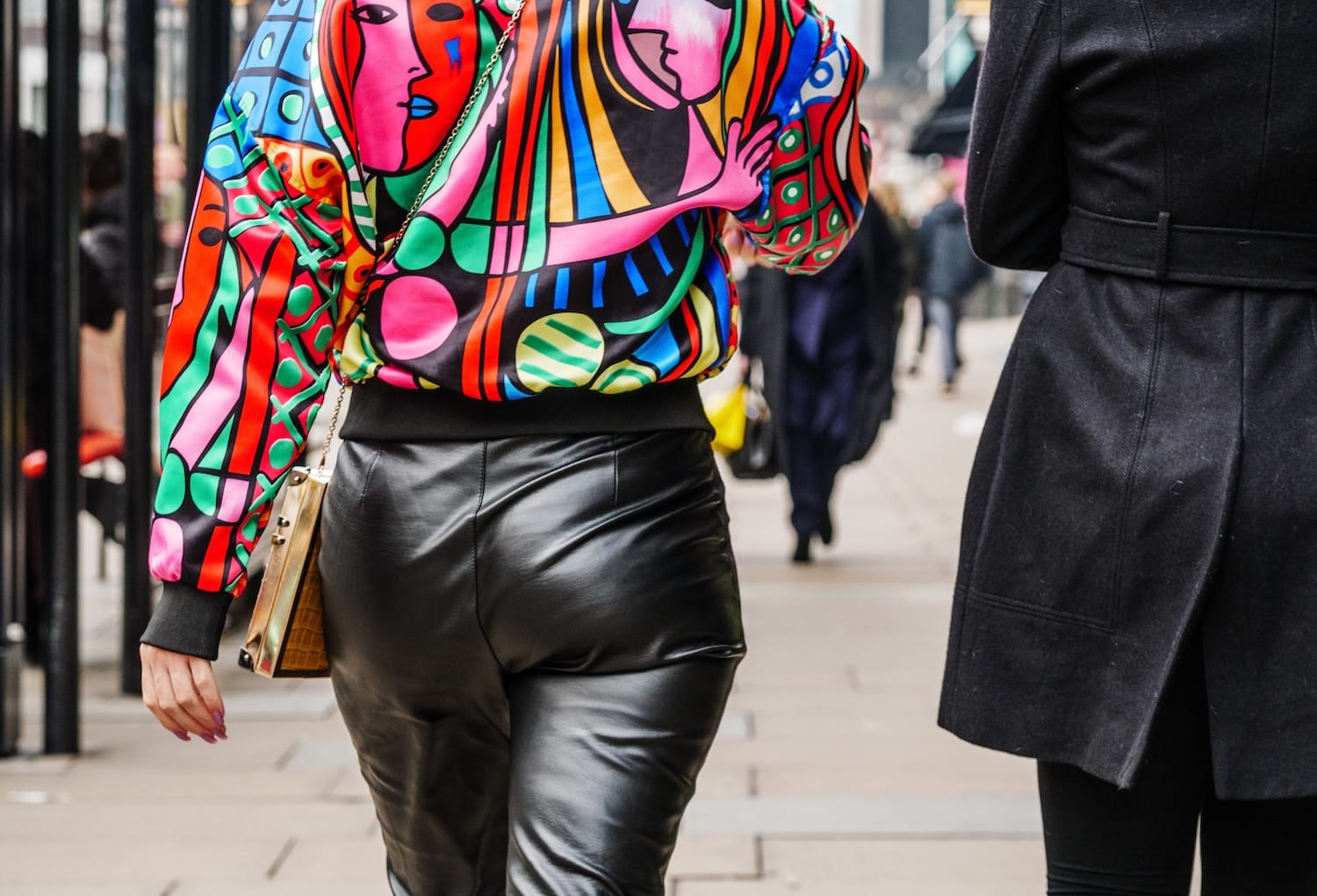
Beautiful Barcelona. It’s as rich in history and culture as everyone says it is – a city by the sea, entrenched in Spanish art and history. Museums in Barcelona are plentiful. You can wander a few steps off the famous Las Ramblas Street and stumble upon countless bastions of Spanish history. And in a place where art is everywhere, there is still something uniquely profound about seeing a museum dedicated to one of the greats – Pablo Ruiz Picasso at The Picasso Museum.
It’s rumored that it was the artist’s own suggestion to create a museum dedicated to his work in Barcelona around 1960. Located in the heart of the city in an extraordinary series of connected medieval brick mansions, the Picasso museum first debuted in Barcelona in 1963, primarily featuring the collection of Jaume Sabartés, Pablo Picasso’s personal friend and secretary. The collection was later expanded in 1970, with Picasso donating the entire large collection his family held in Barcelona, comprising over 900 pieces including oil paintings and drawings from his youth. Picasso’s widow, Jacqueline Roque, later donated over 40 ceramic pieces, and in the early 1980s, photographer Roberto Otero donated 80 photographs of Picasso, documenting the last years of his life. The museum’s collection was also supplemented by donations from Salvador Dalí and Sebastià Junyer Vidal, among others. Highlights of the collection include two of his first major works, The First Communion (1896), and Science and Charity (1897), and the Las Meninas collection. The Picasso museum’s permanent collection is currently comprises over 4,000 pieces.
Thus, as one of the three largest collections of Picasso’s works in the world (including the Prado in Madrid and the Picasso Museum in Paris), Barcelona’s Picasso museum is unique in that it doesn’t solely focus on the cubism works most often associated with the artist. Instead, the museum chronicles Picasso’s life and history, with visitors able to observe the artist’s growth through the collection’s progressions. It also includes his dove drawings and sketches, and many of his ceramic works.
The museum is said to “reveal [Picasso’s] deep relationship with Barcelona: an intimate, solid relationship that was shaped in his adolescence and youth, and continued until his death.” Although he was born in Malaga, Spain, and spent much of his life in France, Picasso was in Barcelona during his adolescence, learning his early technique at the same art school where his father was a professor. He drew inspiration from the city around him, creating thousands of sketches and paintings of the Barcelona during his time there. The history of Picasso’s early experiences, including where he spent time in Barcelona as part of the avant-garde and bohemian art scene, is well documented, and fans of the artist can find the locations of his hang outs and studios on the museum’s website. Of particular interest are the sites of Picasso’s first exhibitions – the artists’ café “Els Quatre Gats” and the gallery “Sala Parès.” Local tour companies also offer Picasso-themed walking tours of Barcelona.
The site of the museum is an extraordinary work of art in and of itself. Comprised of connected brick estates and expansive courtyards, the museum was first opened in the Gothic palace Aguilar (Montcada, 15). In 1970, the exhibition space was expanded to the Palau del Baró de Castellet (Montcada, 17) and the Palau Meca (Montcada, 19). More extensions were made in 1999 with Casa Mauri and Palau Finestres. These five palaces now make up the Picasso Museum, and there are potential plans to expand the museum even further.
There is an audio tour of the museum available, and even the most passionate Picasso fans say that you can truly get a sense of the artist by walking through the museum in just a few hours. True fans of won’t want to miss the museum’s extraordinary gift shop, which includes magnets, mousepads, cards and more featuring the artist’s most famous works.
In addition to the museums in Madrid and Paris, Picasso’s work can be found in the following European museums:
Museo Picasso Málaga, Palacio de Buenavista, 8 Calle San Agustín, Málaga, Spain This museum’s location is of historical importance, as it is the city where Picasso was born. The museum was first opened in 2003 with nearly 300 pieces donated by Picasso’s family. The museum is comprises the converted Buenavista Palace and 18 houses from the city’s Jewish Quarter.
Musée Picasso, Place Mariejol, Antibes, France “If you want to see the Picassos of Antibes, you must come to Antibes to see them.” This museum, recently reopened, is situated within an old castle and contains Picasso’s works from throughout his career. It was the very first museum ever solely devoted to his work.
Musée National Picasso, Place de la Libération, 06220 Vallauris, France This Picasso Museum houses a collection of the artist’s ceramic works, as well as a chapel ceiling painted by Picasso. The museum also has many temporary exhibits by other artists as well.
Museum Sammlung Rosengart, 10 Pilatusstrasse, Lucerne, Switzerland Located in the center of Lucerne, this museum features the private collection of art dealer Angela Rosengart. The museum houses paintings and drawings by many world renowned artists, including Cezanne, Monet, Matisse, Klee, Miro, and of course, Picasso.
Museum Ludwig, Heinrich-Böll-Platz, Cologne, Germany In 1976, chocolate magnate Peter Ludwig agreed to endow 350 modern artworks and in return the City of Cologne committed itself to build a dedicated “Museum Ludwig” for works made after the year 1900. The works were valued at $5 million at the time. The museum is known to have one of Europe’s largest collections of Picasso works, in addition to pieces by Andy Warhol and Roy Lichtenstein.
Tate Modern Bankside, London SE1 9TG, UK, London England The Tate Modern Bankside is one of four “Tate” art galleries in London, Liverpool, and Cornwall. Opened in May 2000, it is one of the UK’s top three tourist destinations. The building’s architecture is known for being just as striking as the art inside the museum.


Leave a Reply